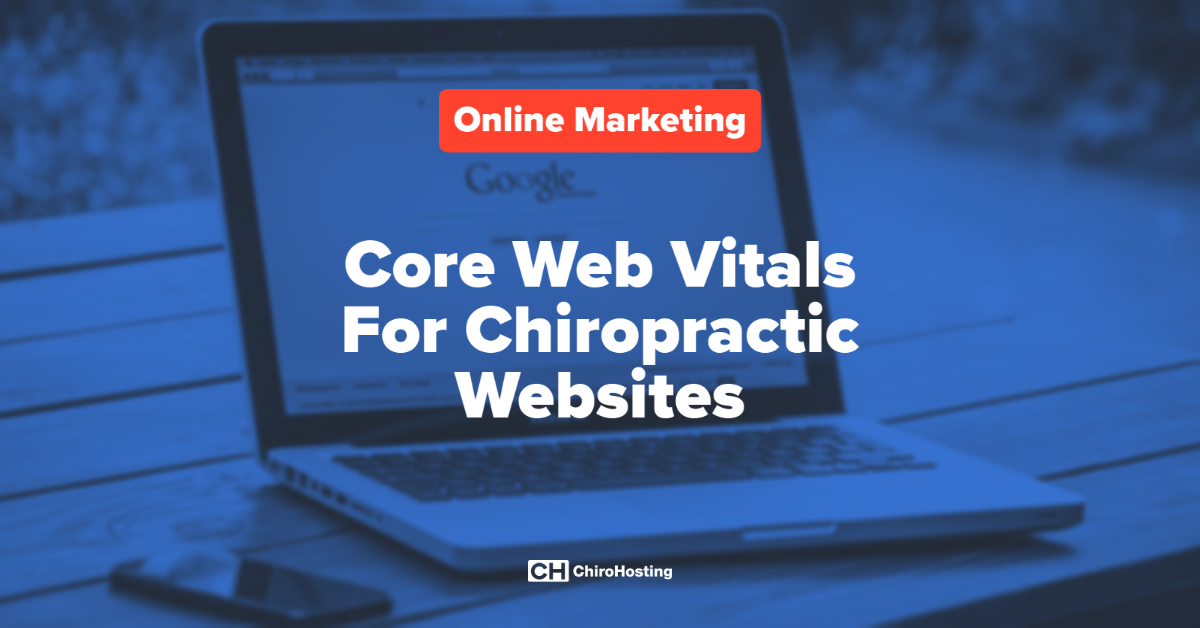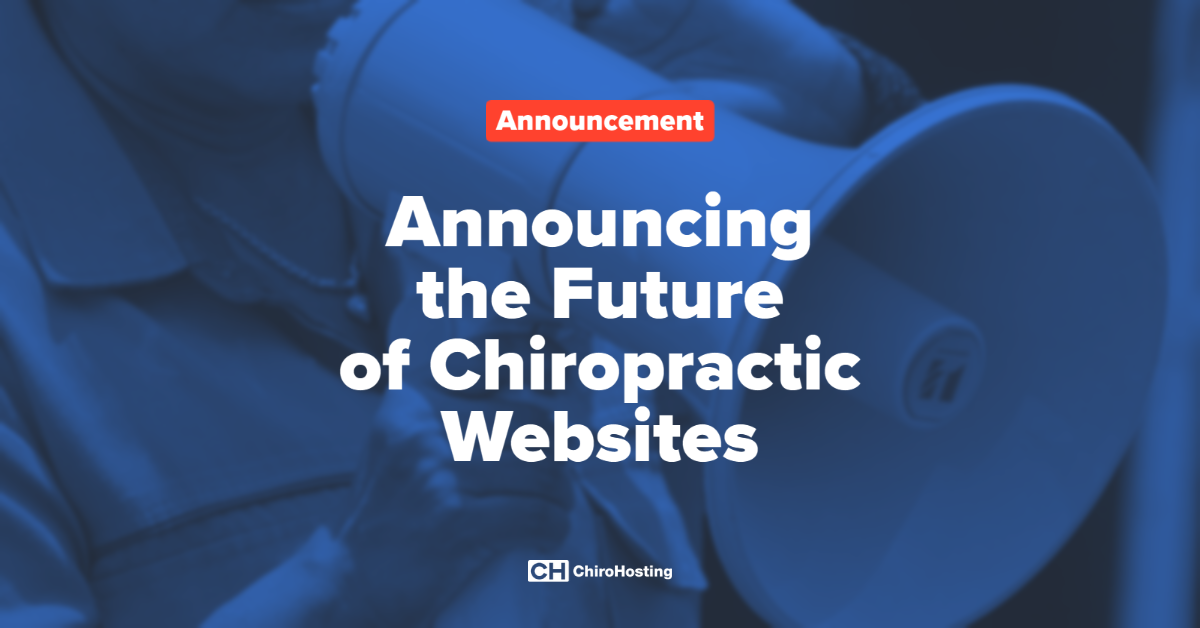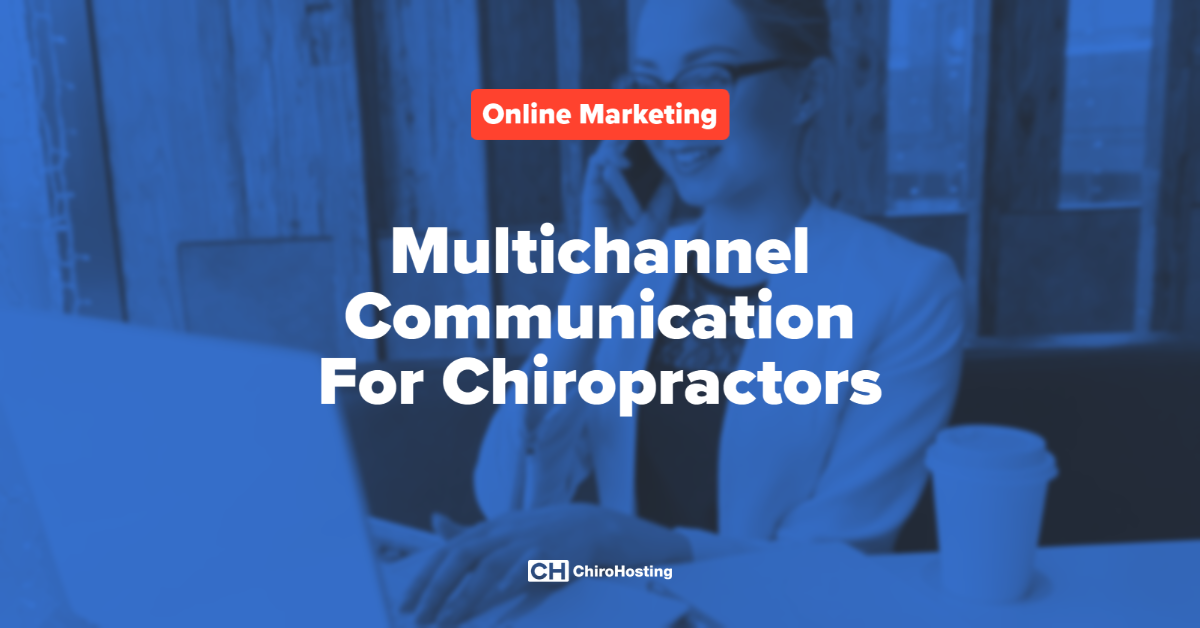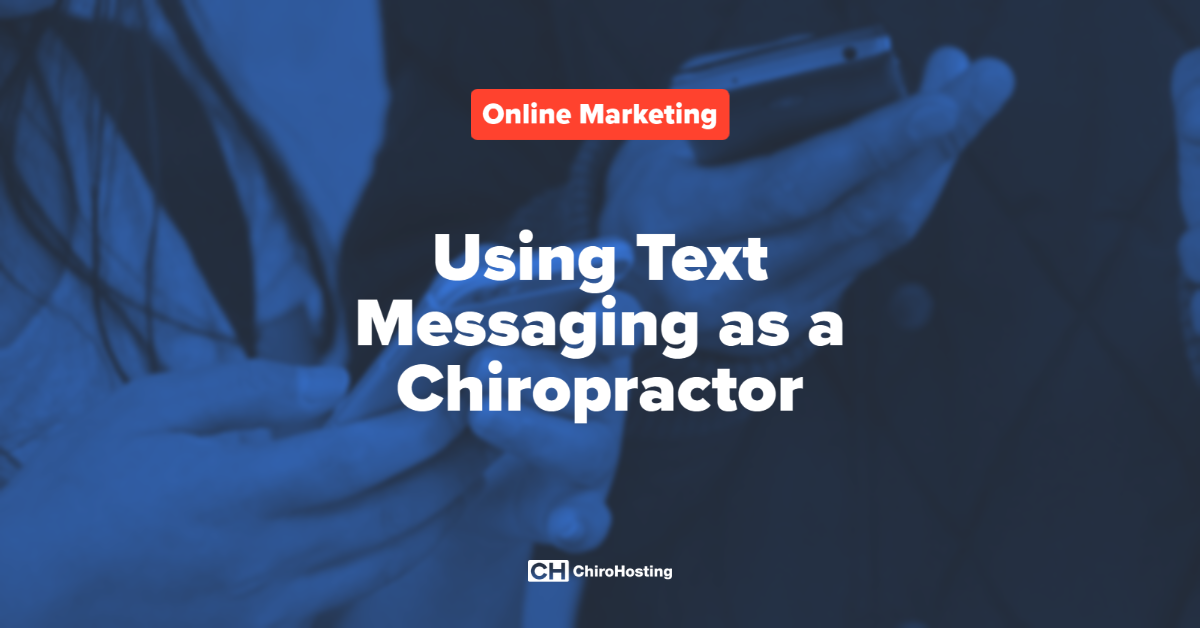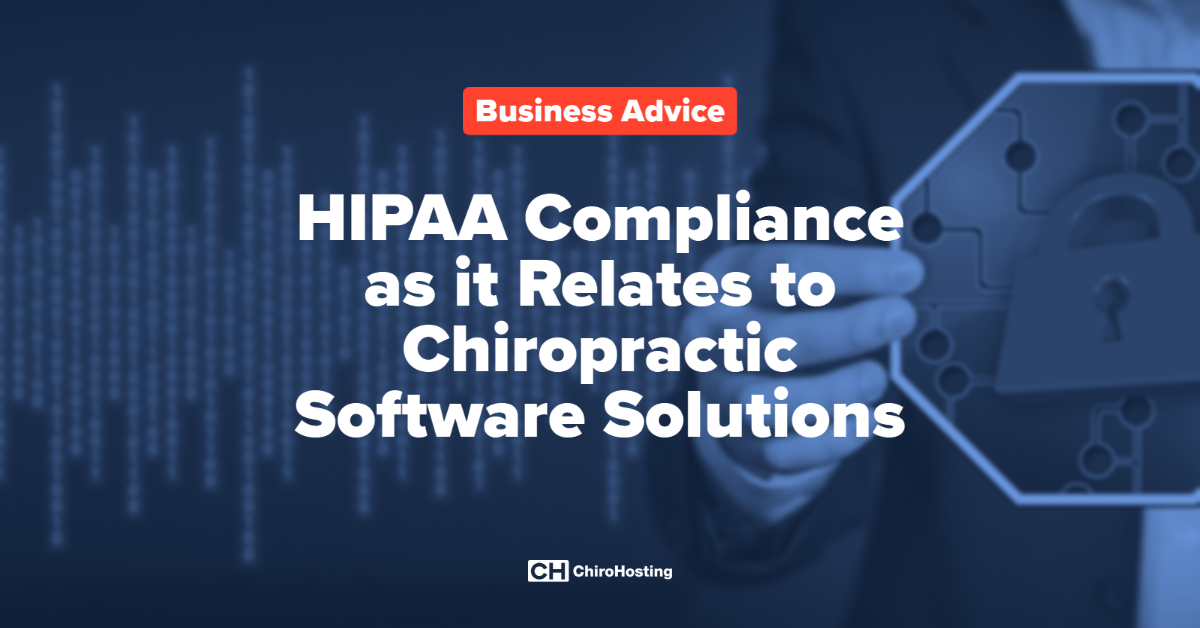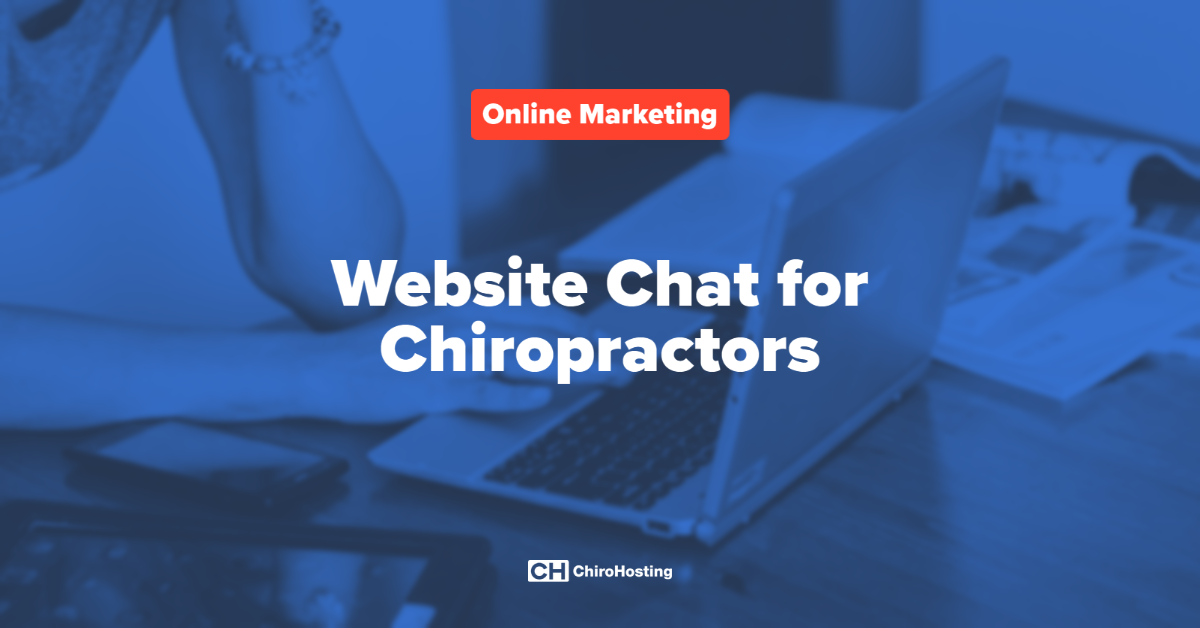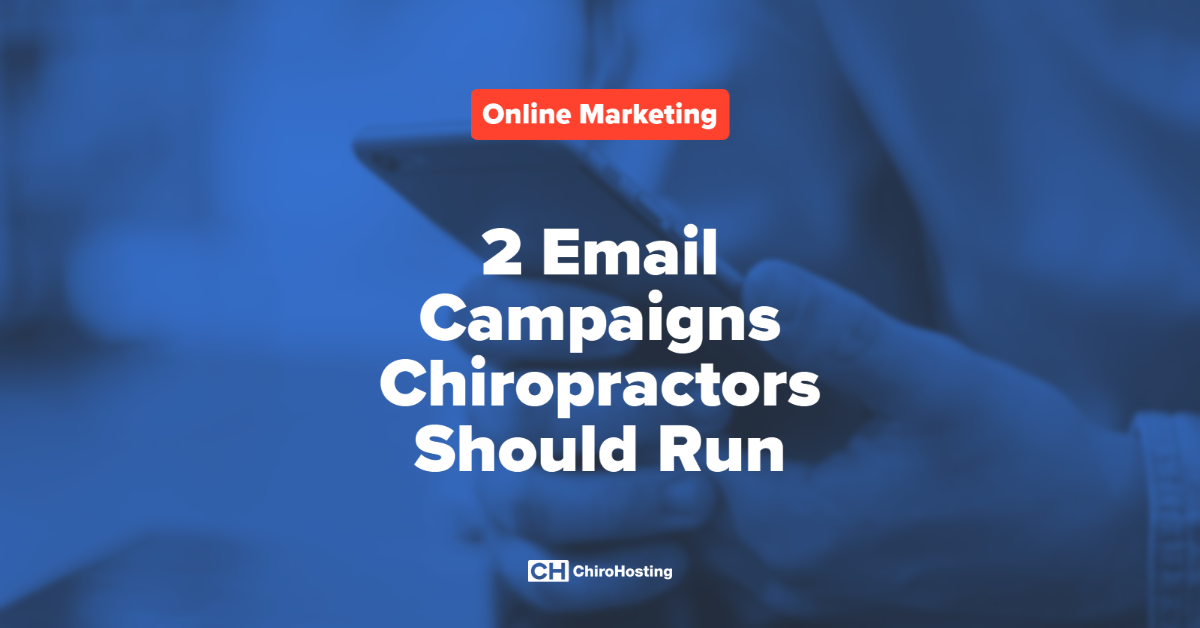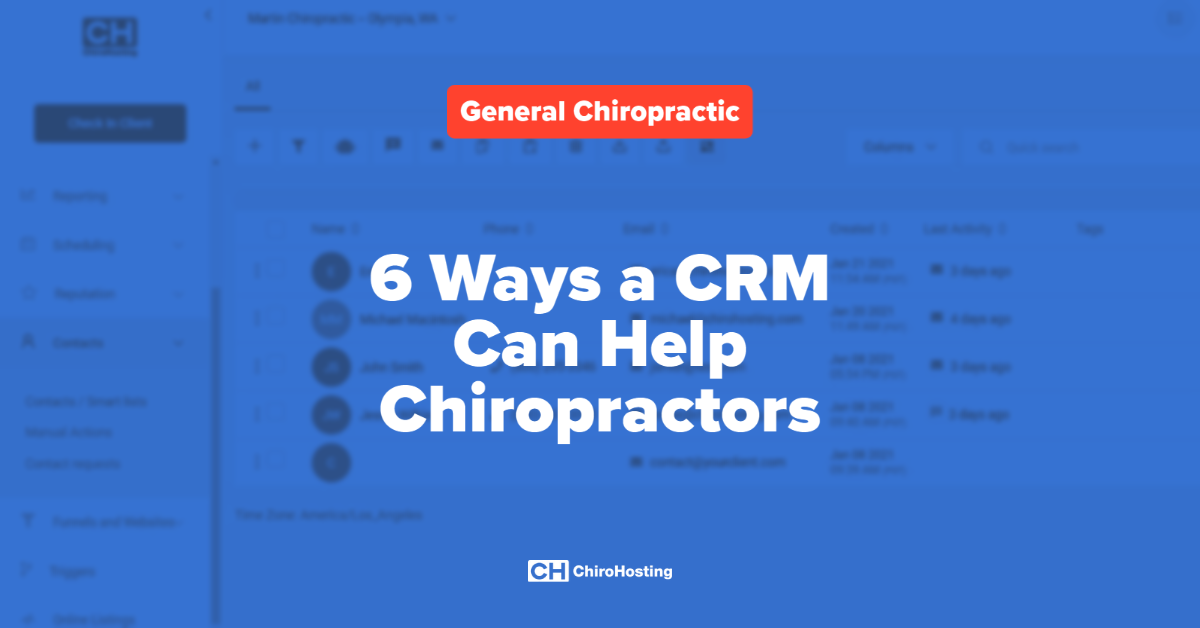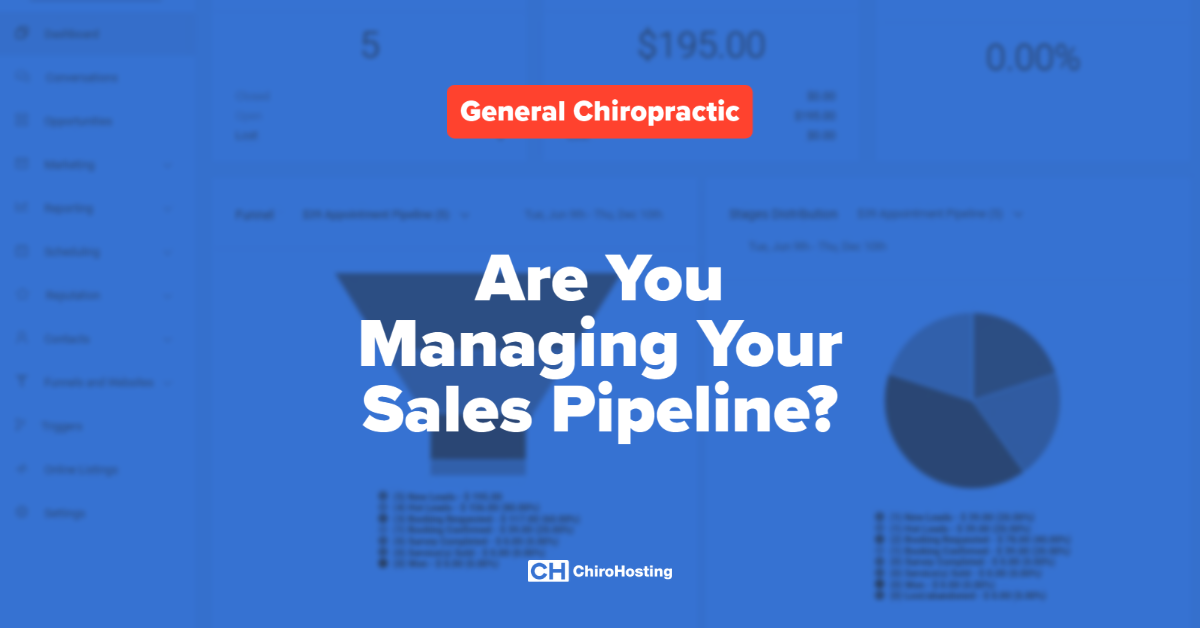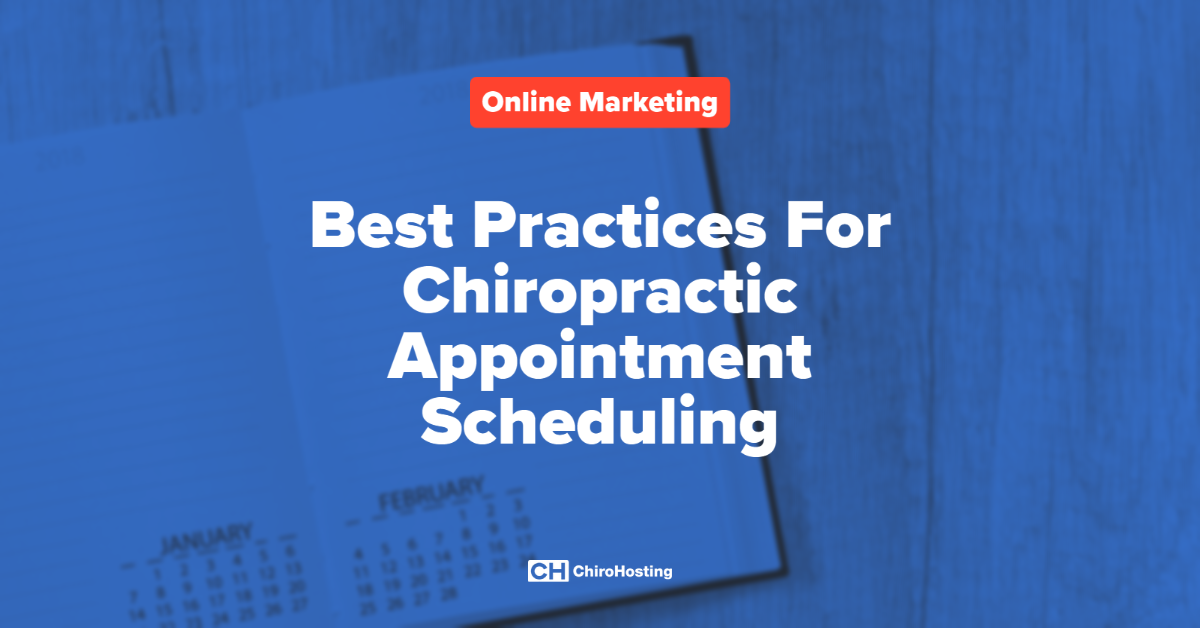
It’s important to know how to measure key metrics to gauge your social media performance. Fortunately, all the major social media platforms offer native reporting, so it’s great that the data is available.
Although the data is readily available, many chiropractors don’t have the time to analyze it. We’re going to try to make it easier for you by going over some key social media marketing metrics and why they are important.
What gets measured gets managed.
Let's walk through 5 key social media metrics and 5 example goals that you can customize to fit your practice's use case. Try tracking these metrics over time and setting goals to continuously improve your performance.
1. Followers
Your number of followers is a good indicator of the popularity of your social media accounts. Your number of followers also indicates your reach. The more followers you have, the more eyes you will get on your content.
Make this goal your own: Get # of followers on platform name within the next # of months.
Say you have 45 followers on your Facebook page and you want to grow this number over the next three months. You might want to set a goal to get an additional 15 followers over the next 3 months.
2. Impressions
This shows you how much a post is being seen. If a post has 100 impressions that means that it appeared in front of people 100 times. The more your content is seen, the better brand recognition you’ll get, and the higher chances of people engaging with your content.
Make this goal your own: Increase average impressions by x %.
So if you look at your five latest posts and you find out they have an average impression count of 100, then you might want to set a goal to increase the average number of impressions for your next five posts by 10%. This way you would be getting about 110 impressions per post. You can increase your number of impressions by creating more engaging content that is shared or liked by followers and/or by increasing your number of followers.
3. Engagement Rate
How often are people interacting with your content? It’s one thing to get impressions, but it’s another thing to get engagement. Posts that receive a lot of engagement are favored by social media algorithms and will be positioned better in the feeds.
Make this goal your own: Get # of engagement activities on post name.
For example, say you created a post sharing an infographic about the benefits of chiropractic and you think it’s interesting content. You could set a goal to to get 5 engagements on this infographic post. An engagement could be a like, comment or share.
4. Engagements or Clicks
How many times are people clicking on your posts? If you’re directing traffic back to your site, then you will want people to click on your posts. If you have a low click rate, then you might not be reaching the right audience or your content might not be engaging them.
Make this goal your own: Double my number of clicks by date.
Let’s say your average number of engagements on Facebook posts is 1 click and you want to double that number over the next three months. You can organically increase your clicks by casting a wider net aka getting more followers and/or by increasing the relevance and quality of your posts and content. Either way more engagements tend to translate into better results.
5. Conversion Rate
If you’re running a special or trying to get new patients from social media, then you will want to know how many people that clicked on your post went on to fill out a form or book an appointment. This is called the conversion rate. If you have a conversion rate of 10% and 100 people clicked on your post and ended up on your landing page, then that means that 10 people filled out the form.
Make this goal your own: Get to a x % conversion rate by date.
If you want to increase your conversion rate from 10% to 15% in the next month, then you can try different variations of your post content, landing page content, and offers to see what converts the best.
As always, I hope this blog was helpful to you and your online marketing efforts.



